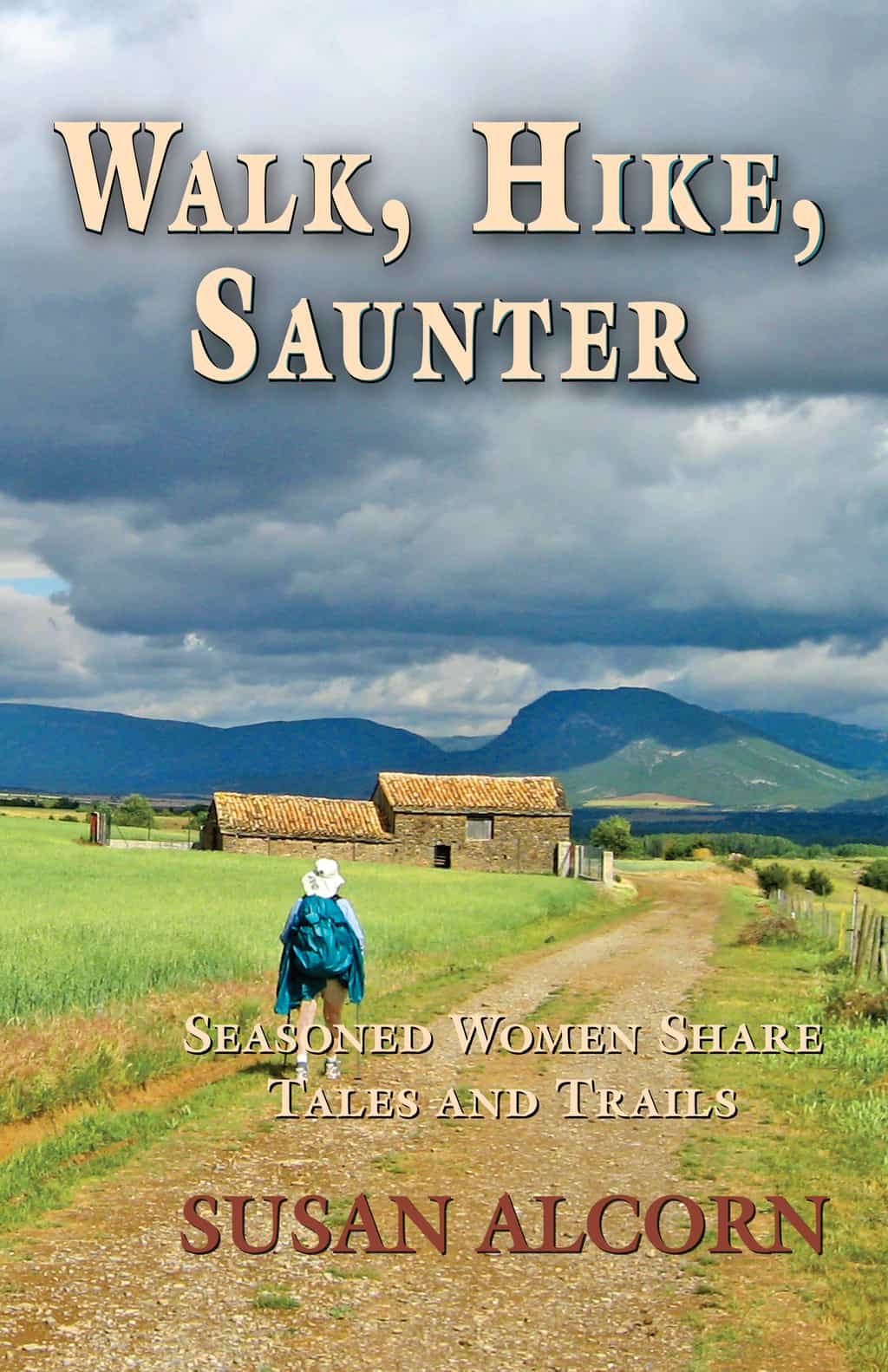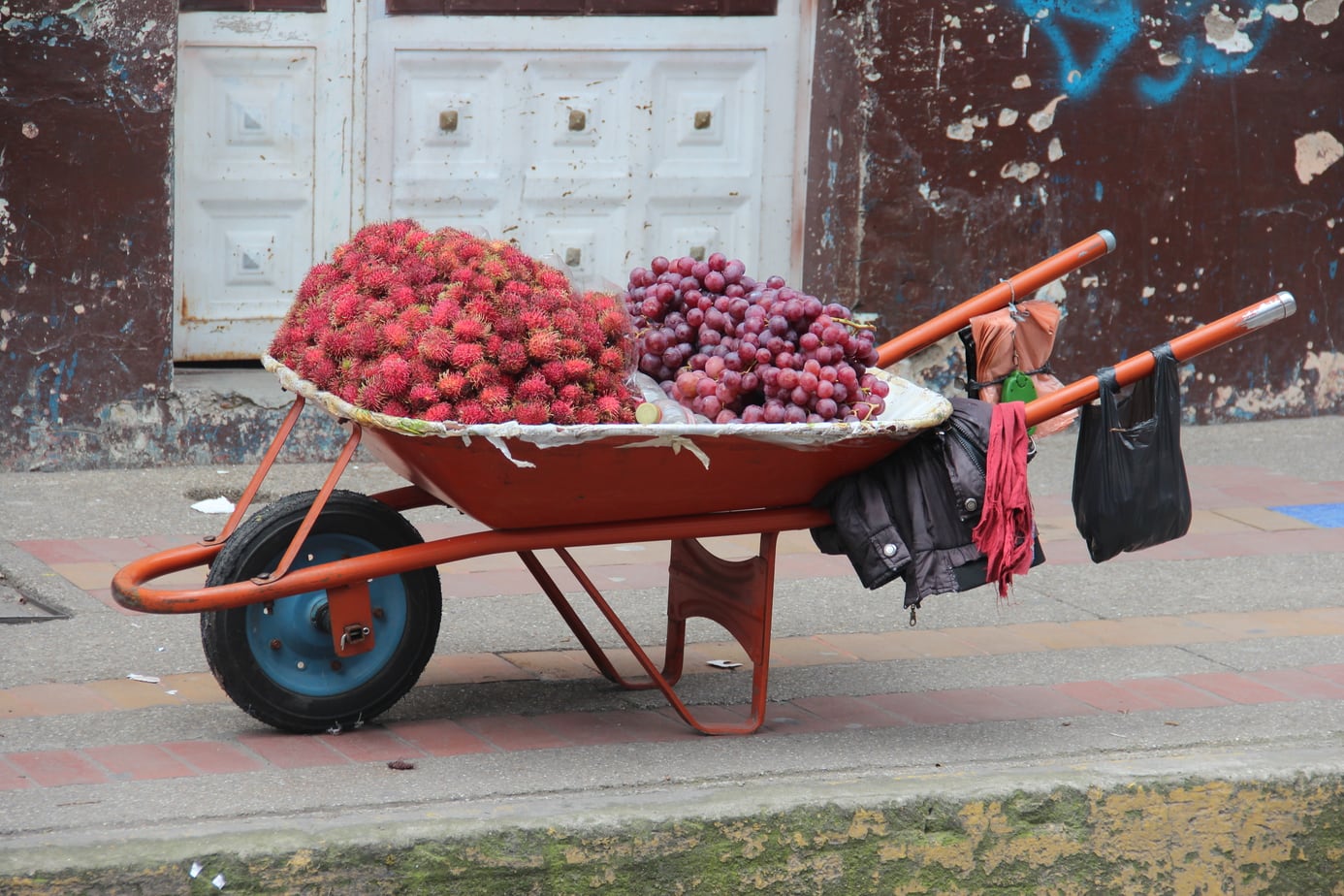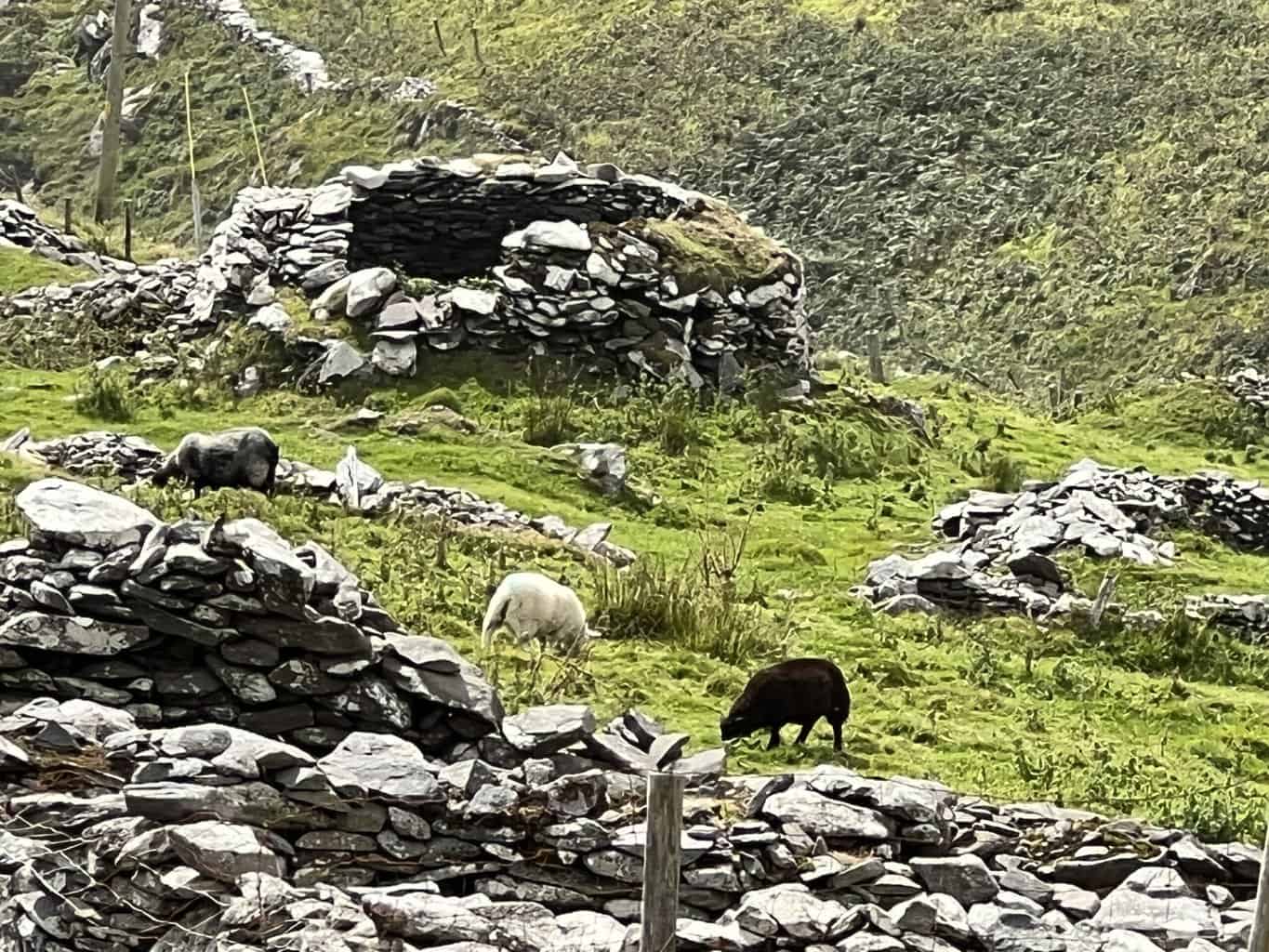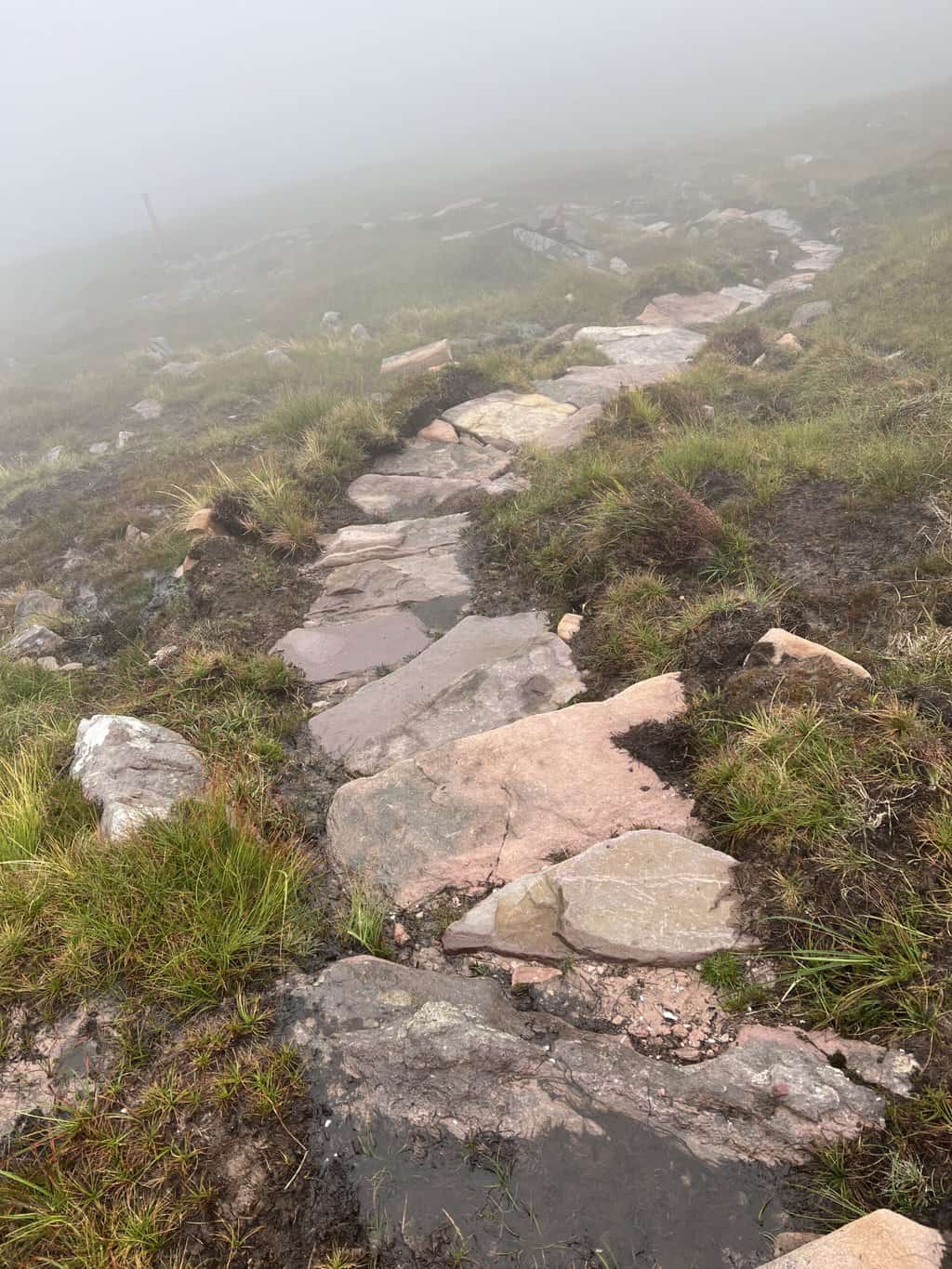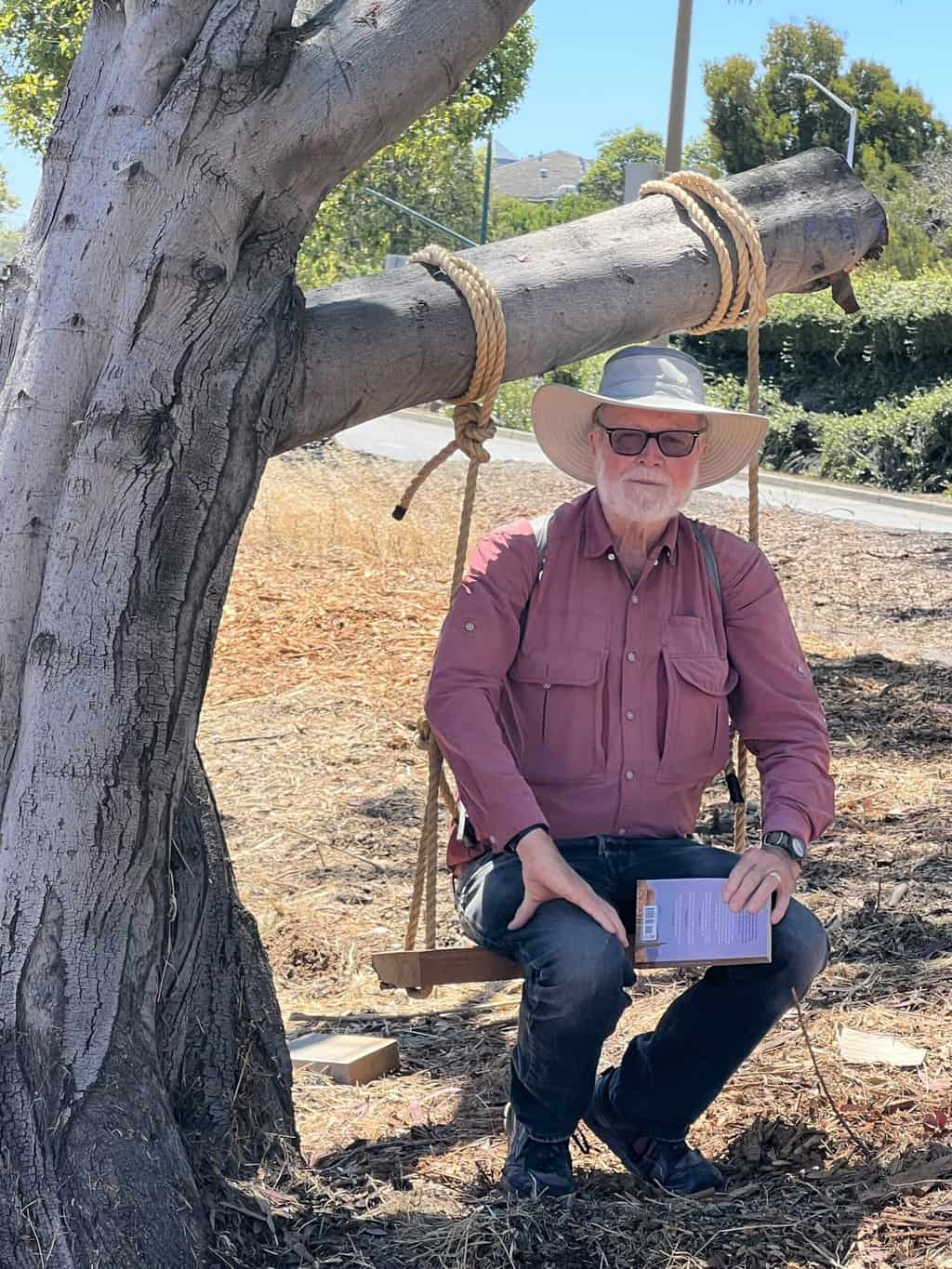Susan Alcorn’s Backpacking & Hiking Tales & Tips, #280, March 2023
Looking forward to Spring, and tomorrow, Saturday, March 4, you can celebrate Grammar Day!
 Contents:
Contents:
1. Article: “Think You Found a Great Travel Buddy?” Key questions to consider for harmonious hikes with companions!
2. Camino interest: Processionary Caterpillars
3. Outdoor adventures and classes with expert outdoors hikers and instructors (Andrew Skurka)
4. BearVault seeking 10 storytellers with 2023 Adventure Plans
5. Lessons shared from the RUCK
6. Sunscreen and you
7. Regional: S.F. Bay Area: Berkeley Path Wanderers offerings.
Articles:
#1. “Think You Found a Great Travel Buddy? Have This Talk First.” If you are planning to hike with someone you haven’t hiked with previously, or if the planned hike will be more challenging or longer than previous ones, give these ideas some thought. Clearly, communication upfront and on the outing is important!
#2. Camino interest: In February, a topic popped up in the Camino forum that was news to me. Member Derek Booth posted a warning about Processionary Caterpillars from acquaintances who were then in temperate parts of Spain and Portugal. He also said that he noticed these insects when he was on the Frances in March of 2019. As I read further, I wondered why we hadn’t heard about them on our numerous hikes on the Iberian Peninsula.
Booth commented that he had learned that the “caterpillars are falling out of their nests and starting their march across the landscape. It could be that those doing the C. Portuguese or Via de la Plata may come into contact with them within the next month.”
 Doing a Google search, I found many references to the Pine Processionary Caterpillar, saw the photos, and learned about the risk they pose both to animals, humans, and pine forests. I also plan to search and see if I have photos of them in their fluffy white nests in pine trees. This photo of a group on the move is from Wikipedia.
Doing a Google search, I found many references to the Pine Processionary Caterpillar, saw the photos, and learned about the risk they pose both to animals, humans, and pine forests. I also plan to search and see if I have photos of them in their fluffy white nests in pine trees. This photo of a group on the move is from Wikipedia.
Avoid them! “Pine Processionary Caterpillars can cause skin irritation or a rash much like that experienced after rubbing a stinging nettle. Although, in most cases, an antihistamine cream will usually be enough to alleviate the symptoms. However, in more severe cases, humans can experience allergic reactions or respiratory problems. Asthmatics are particularly vulnerable and at risk of having a severe attack.”
And keep pets away from them! The insects are called processionary because they make a long lines and trails “nose to tail.” They caterpillars are covered with harpoon-like spines that look like hairs. The hairs are toxic, even if the caterpillar is dead. More info here.
#3. Outdoor adventures and classes with expert outdoors hikers and instructors. Andrew Skurka has announced, “I’m delighted to share that Katie Gerber has been hired as Co-Director (and my first full-time employee). To start, she’ll be helping me run the guided trip program; as time and interest permits, her role should expand. Katie has been involved in the program since 2020, as a guide and online instructor.”
“Southern Utah trips: Only 4 spots left! The 2023 season kicks off next month in southern Utah, where we will embrace sunshine and mild temperatures, admire blossoming wildflowers, travel across slickrock and in deep canyons, cowboy camp under the stars, and hike extensively off-trail.
Adventure 1C 5-day (Apr 17-21) with Scott Christy and Sarah Stratton (2 spots)
Adventure 2A 7-day (Apr 23-29) with Bec Bastian and Hunter Hall
Adventure 3C 5-day (Apr 30-May 4) with me and Sam Novey.
“Since we’re 6-8 weeks from the start of these trips, I’m willing to offer an extra 10 percent discount to offset the higher travel costs. We are also offering a Wilderness First Aid (WFA) certification on Saturday, April 22, instructed by Steve McLaughlin MD, the Chief Medical Officer at the University of New Mexico Hospital (and a multi-time alumni), and Emily Wheelis MD, a faculty member at UNM. This course is open to the public.
“If you have questions about these trips or the WFA course, email: andrew@andrewskurka.com or call, 720-279-4801. Andrew Skurka Adventures LLC3909 Apache Ct E, , Boulder, CO 80303″
#4. BearVault [makers of bear canisters to keep food safe] looking for ambassadors. “It’s that time of year when anticipation begins to grow for summer adventures big and small. BearVault wants to amplify stories like yours to our community and give each selected ambassador a $500 adventure stipend, a free BearVault, and fun swag.
“We are looking for people from all sorts of backgrounds and experience levels who plan to adventure overnight in bear habitat this year. Adventure looks different for everyone – what matters most is that you are passionate about your adventure! As an ambassador, you will have the chance to create TikToks, Reels, as well as mini-articles. Visit our site to get the full scoop.
“Not the right fit for you? We get it. Perhaps you know a friend that this would be the perfect fit for. Do them a solid and forward this email!” BearVault, 300 Center Drive G-341, Superior, CO 80027. Reply to: info@bearvault.com
#5. Lessons shared from the RUCK. The February 11, 2023 NorCal RUCK session held here in the S.F. Bay Area was a great success. Hikers and backpackers with every level of experience—“wanna be” hikers to Triple Crowners (or more)—gathered at the rustic meeting hall in Camp Herms, El Cerrito.
 Nifty 90 Hike to Berryessa Peak
Nifty 90 Hike to Berryessa Peak
We enjoyed formative presentations on trail safety, (including one named, “How Not to Die,” by Giggles, which gave strategies for stream crossings and avoiding avalanches and more). “Breakout” (less formal) groups discussing Hitchhiking Best Practices, Older Hikers, and Camino de Santiago. I gave a presentation on local training hikes, “Nifty 90 peaks in the Bay Area.”
Trail Town Etiquette & Leave no Trace, by Whitney Allgood LaRuffa and Liz “Snorkel Thomas,” went over some very important strategies for hikers — including how to behave when on trails and in trail towns. We were reminded that our actions have consequences — not only to ourselves, but to those who follow us. IF we are inconsiderate of others in the trail towns, not only do we look like slobs, but other hikers coming along will not be welcomed.
One example given during presentations was about hikers who strip all their clothes of in the local laundromat. Apparently some hikers haven’t caught on to the fact that residents and other hikers may not appreciate this! Hint from me: borrow someone else’s clothes or put on your raingear when you do your laundry! Another suggestion: Tip generously! Suggested amount was 20% in restaurants and $20 or so if staying at a trail angels’ place/getting a long ride, etc.
There will be a second Ruck on the West Coast: Cascade RUCK, Stevenson, WA (on the Columbia). March 25, 2022. 8:00 am – 4:00 pm.
#6. Sunblock usage: Soon we’ll be seeing the sun again! This is a reminder that using sunblock is important and equally important is using it enough. SPF = Sun Protection Factor. According to the FDA, the numbers compare how much (NOT how long) you are protected with and without it on.
“SPF is a measure of how much solar energy (UV radiation) is required to produce sunburn on protected skin (i.e., in the presence of sunscreen) relative to the amount of solar energy required to produce sunburn on unprotected skin. As the SPF value increases, sunburn protection increases.
“There is a popular misconception that SPF relates to time of solar exposure. For example, many consumers believe that, if they normally get sunburn in one hour, then an SPF 15 sunscreen allows them to stay in the sun 15 hours (i.e., 15 times longer) without getting sunburn. This is not true because SPF is not directly related to time of solar exposure but to amount of solar exposure. Although solar energy amount is related to solar exposure time, there are other factors that impact the amount of solar energy. For example, the intensity of the solar energy impacts the amount. The following exposures may result in the same amount of solar energy: one hour at 9:00 a.m.; 15 minutes at 1:00 p.m.”
Other variables: being at altitude, swimming or otherwise being near water or other reflective surfaces, skin color, clear vs cloudy skies, etc. can increase the amount of exposure. Suggestions: Apply every two hours, wear protective clothing and head coverings, carry a hikers’ umbrella. See FDA.org
#7. Regional: SF Bay Area: Berkeley Path Wanderers. Paths Survey: Volunteers needed for the wanderers 5-year paths inventory on Sunday, May 21. This was last completed in 2018 when 80 volunteers walked all the paths in Berkeley and reported their findings, which allowed the organization to determine conditions, needs, and priorities for the following few years.
Every Path in Berkeley: “Explore every built-out path in Berkeley as part of Berkeley Path Wanderers Association’s celebration of its 25th anniversary.” You can walk one or all. Those who do all 6 will get a mention in the newsletter and a commemorative button.
The six walks are: Walk 1: Sunday, March 5, led by John Ford (rain date March 11); Walk 2: Saturday, April 1, led by (none other than!) Jacob Lehmann Duke; Walk 3: Saturday, May 6, led by Alina Constantinescu; Walk 4: Sunday, June 4, led by Signe Burns and Sydney Dowdy; Walk 5: Sunday, July 9, led by John Ford; Walk 6: Sunday, August 6, led by Janet Byron. The final will also be their annual Path-a-thon, with three walks to choose from, followed by a 25th anniversary celebration at Live Oak Park. Hikes are described here. Walk leaders request that all participants be vaccinated and boosted, or masked. Heavy rain cancels; check website for changes.
——————-
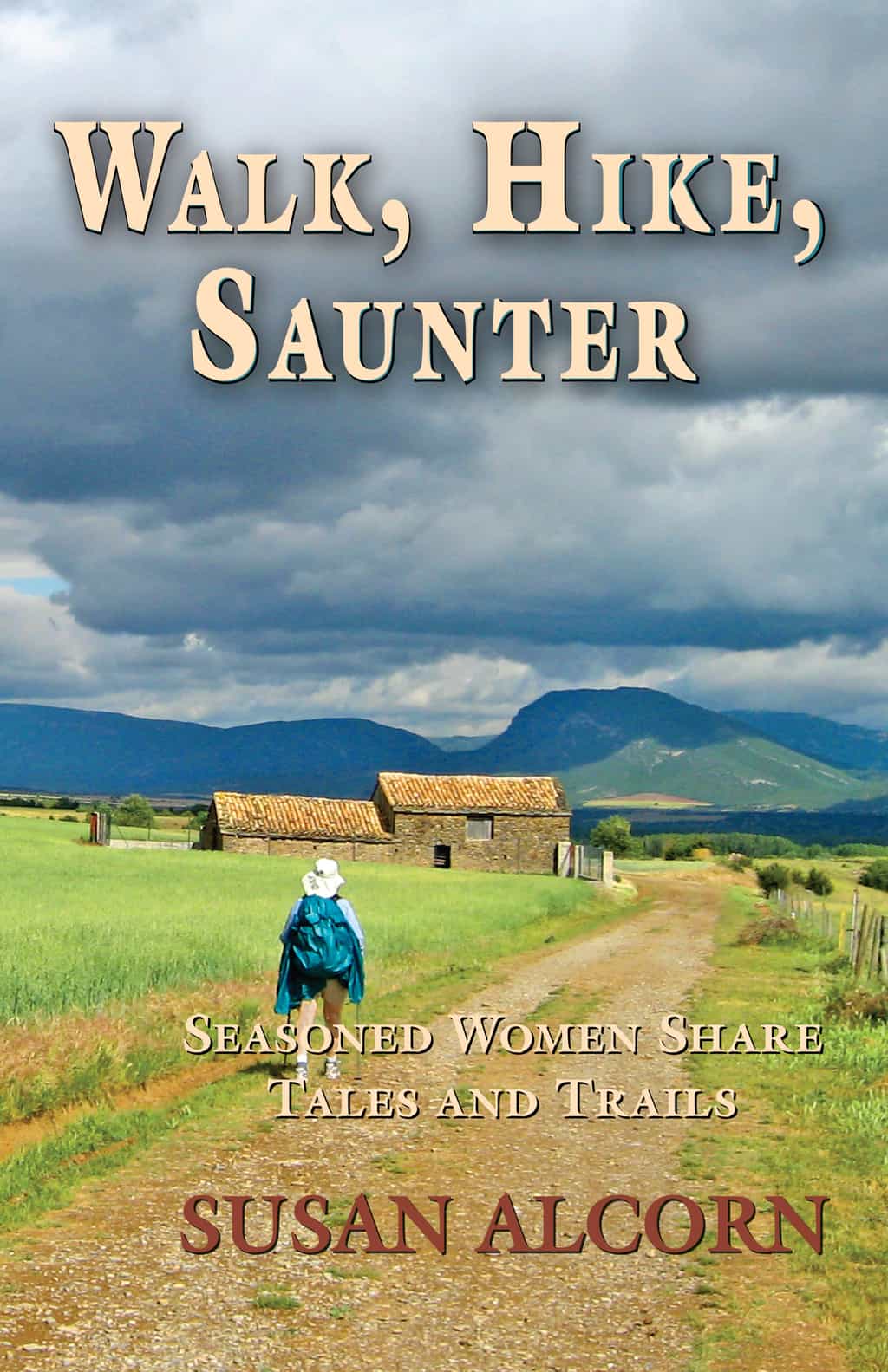 Walk, Hike, Saunter
Walk, Hike, Saunter
Thank you everyone. Stay well, keep hiking when prudent. I encourage you to send in items of interest to the hiking community to me at backpack45 “at sign” yahoo.com
Susan ‘backpack45’ Alcorn
Shepherd Canyon Books, Oakland, CA
https://www.susandalcorn.com
https://www.backpack45.com
Author of Walk, Hike, Saunter: Seasoned Women Share Tales and Trails; Healing Miles: Gifts from the Caminos Norte and Primitivo; Patagonia Chronicle: On Foot in Torres del Paine; We’re in the Mountains Not over the Hill: Tales and Tips from Seasoned Women Backpackers; and Camino Chronicle: Walking to Santiago.
Please note: Hiking and backpacking can be risky endeavors. Always be prepared for emergencies and carry food, water, shelter (warm clothing, etc.), flashlight/headlamp, matches, first aid supplies, and maps. Cell phones don’t always work. Leave word where you are traveling and when you are due back.
I’d be sad to see you go. But if you want to, you can unsubscribe from here: https://susandalcorn.com/?es=unsubscribe&hash=eyJtZXNzYWdlX2lkIjowLCJjYW1wYWlnbl9pZCI6IjU4IiwiY29udGFjdF9pZCI6MCwiZW1haWwiOiIiLCJndWlkIjoiIiwibGlzdF9pZHMiOiIiLCJhY3Rpb24iOiJ1bnN1YnNjcmliZSJ9
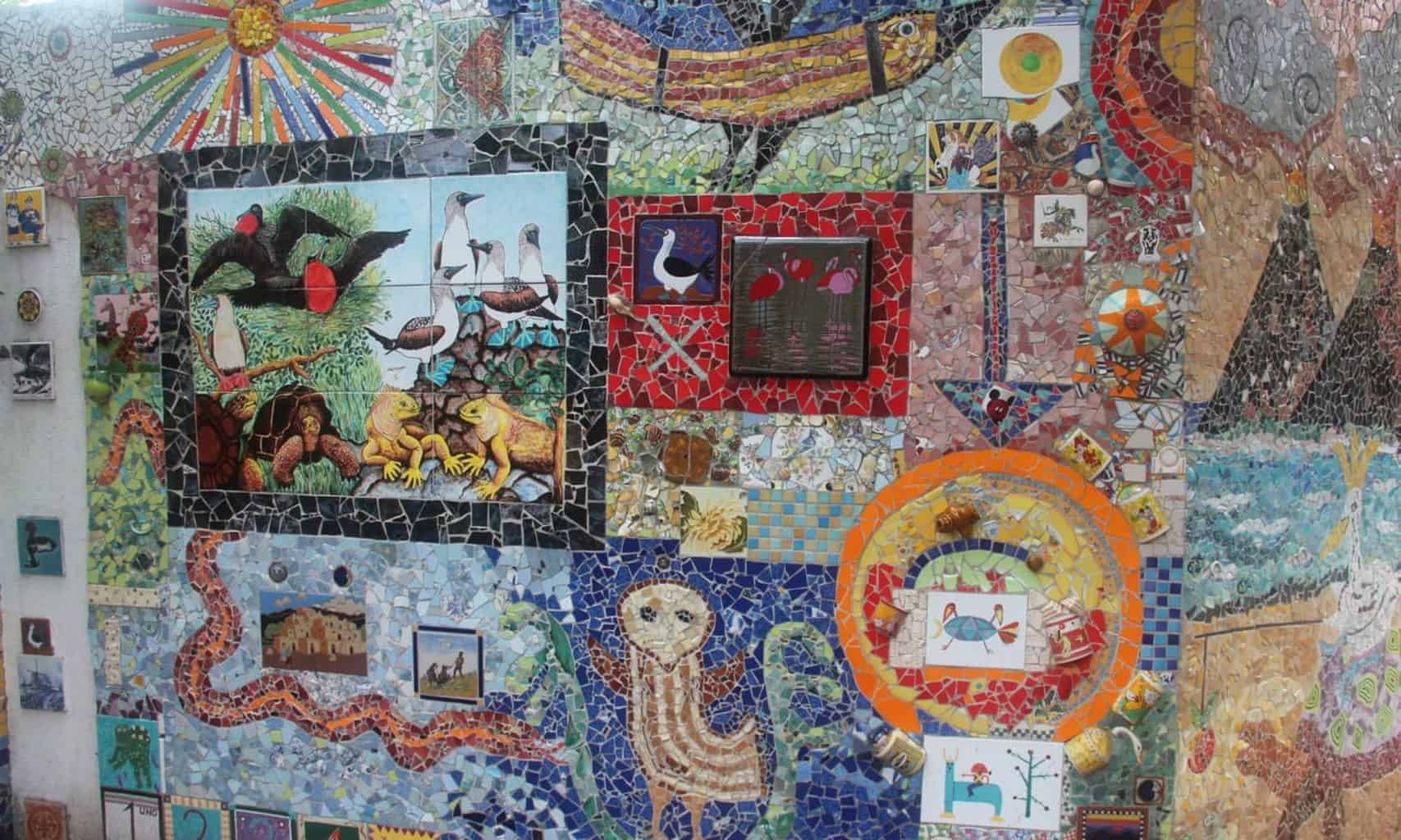
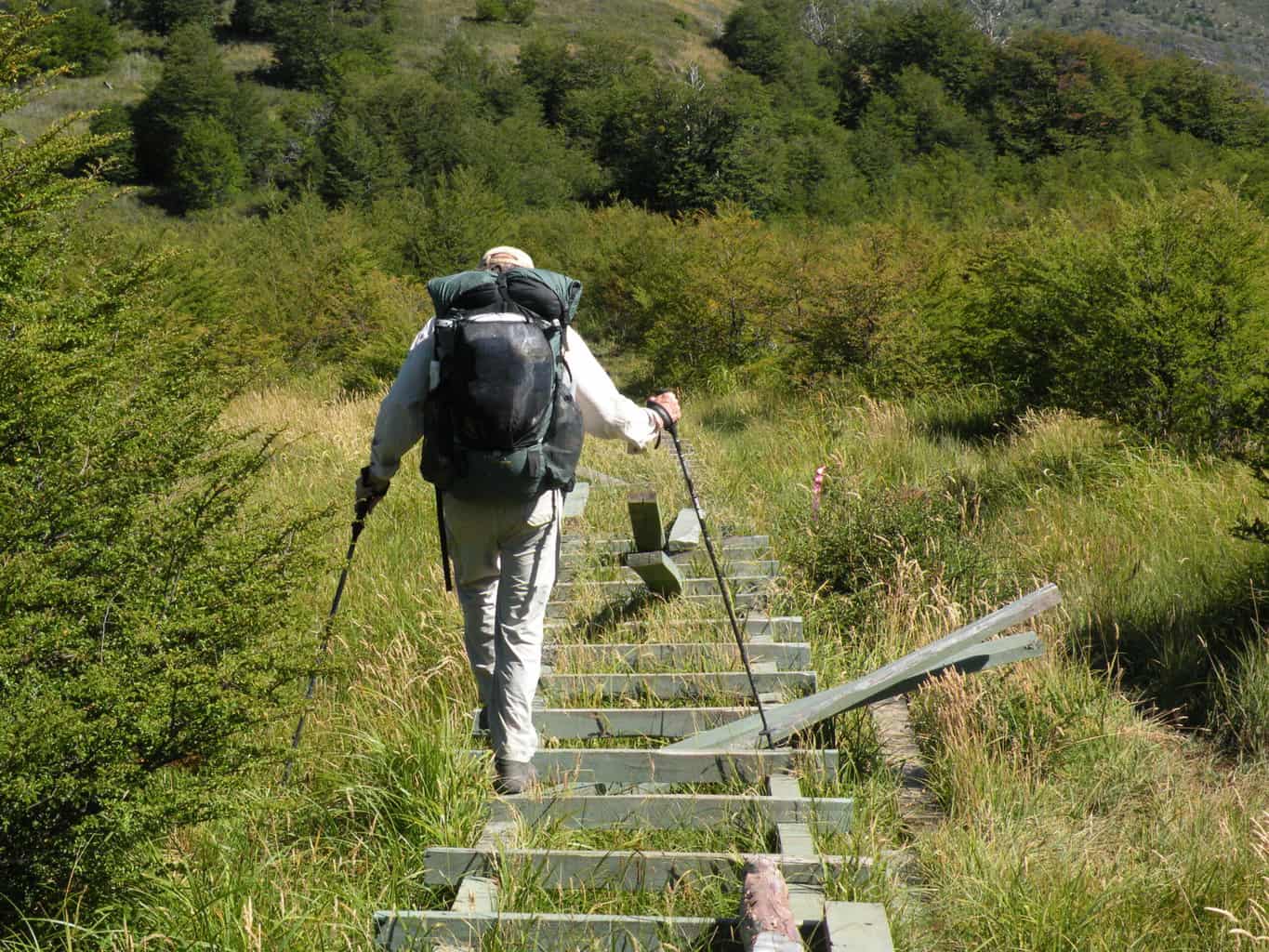
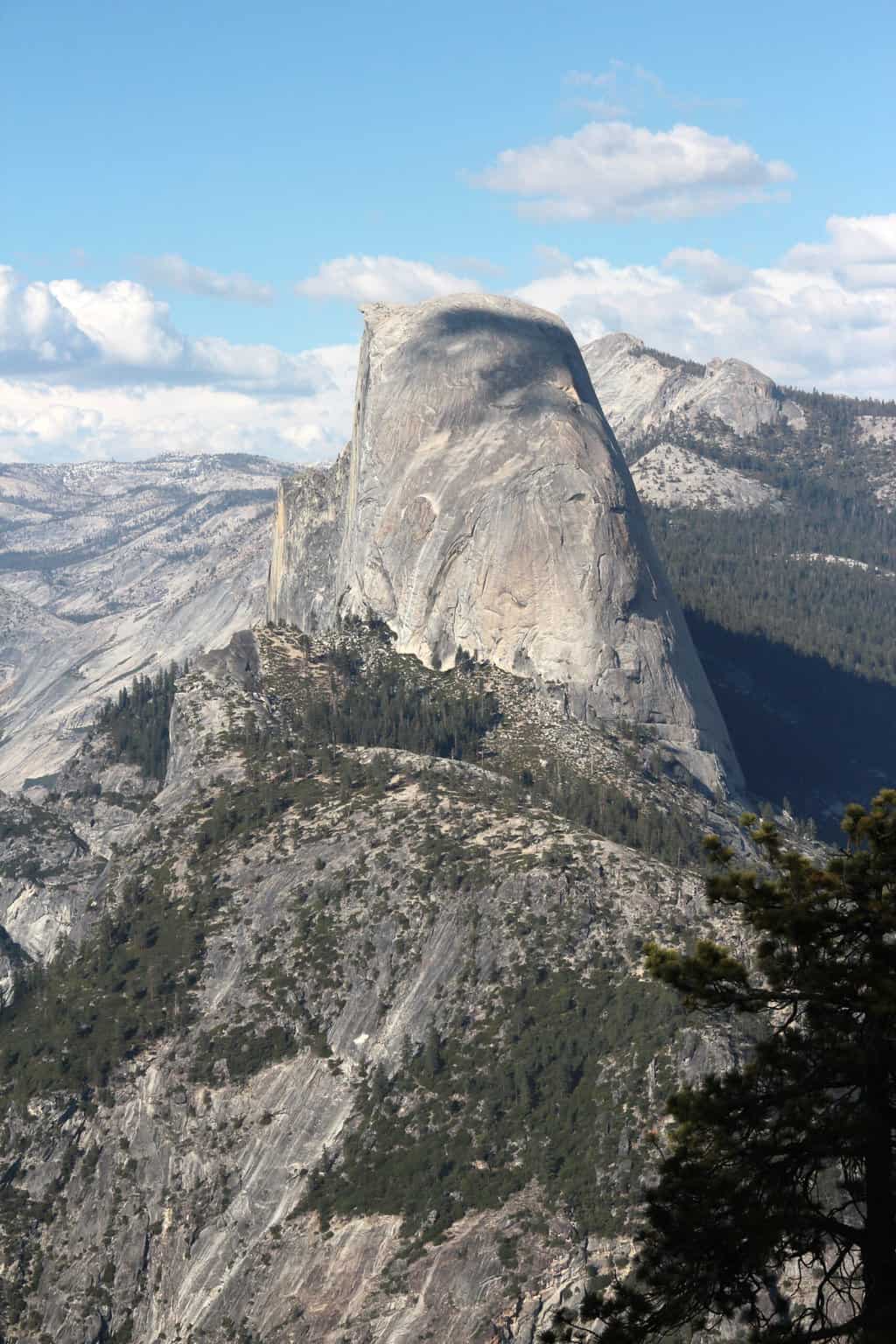
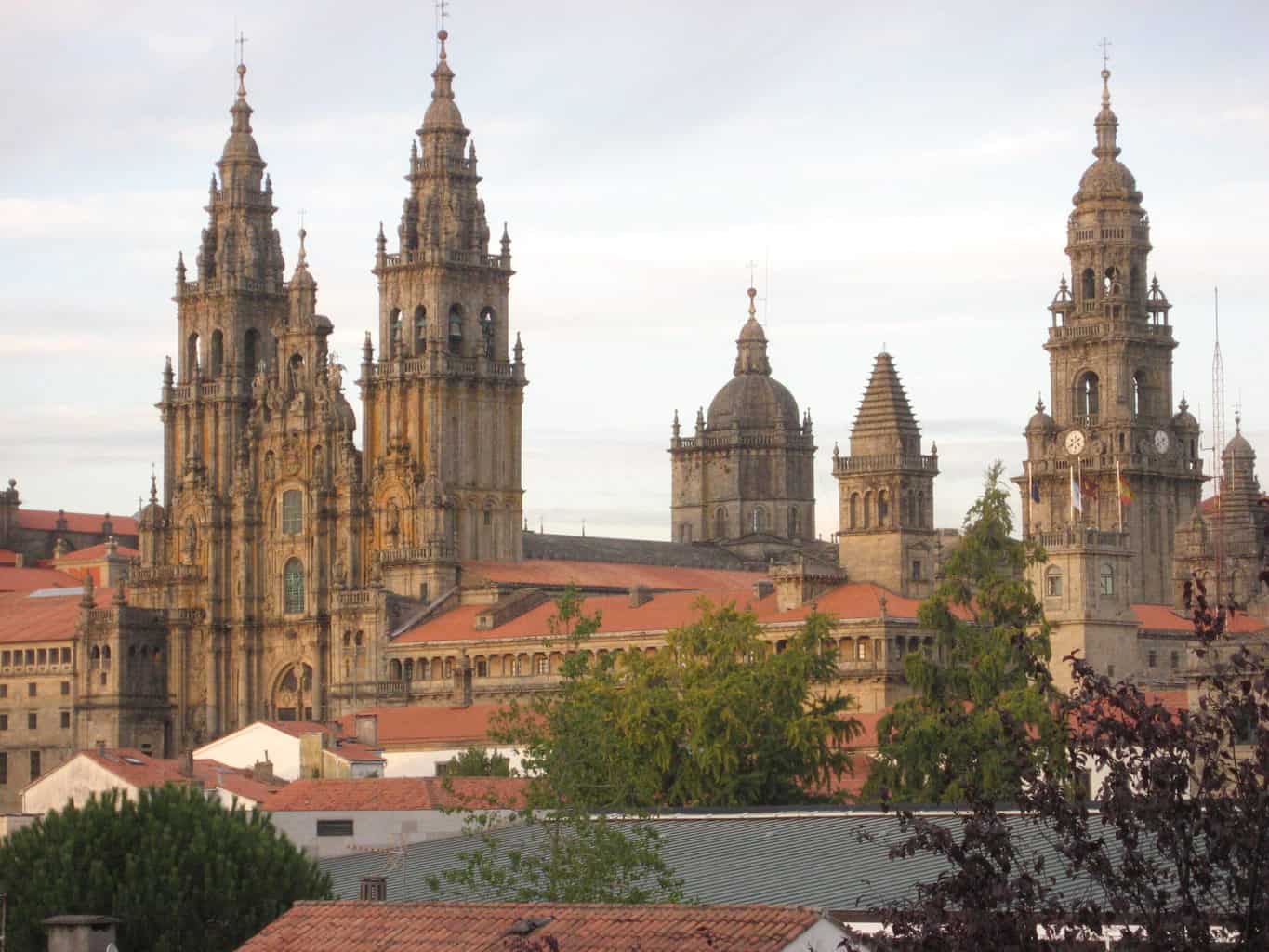 #4. Sylvia Nilsen’s guided Camino walks.
#4. Sylvia Nilsen’s guided Camino walks.